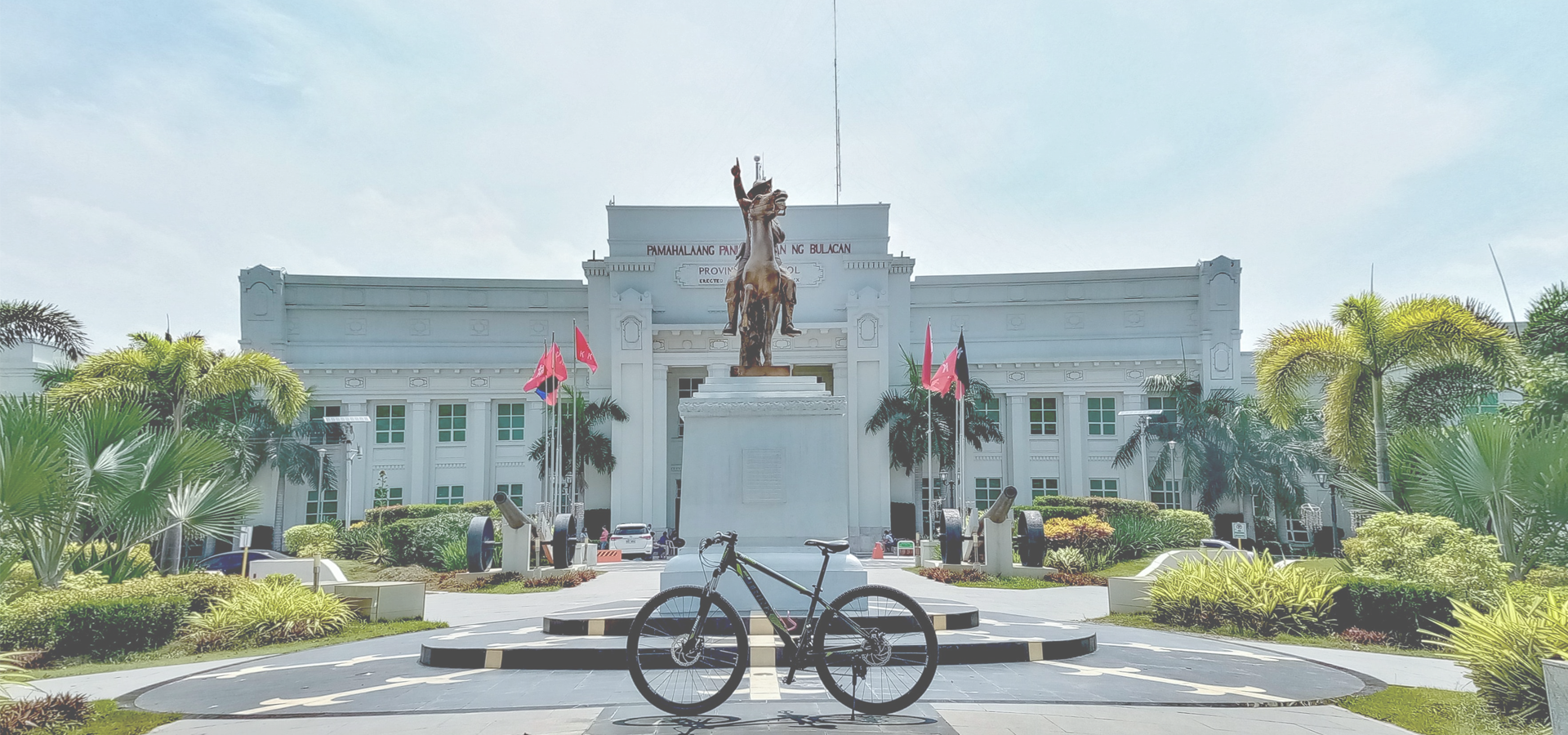Plaridel, The Province of Bulacan, Central Luzon Region, Philippines
🇵🇭 Plaridel, officially the Municipality of Plaridel (Tagalog: Bayan ng Plaridel), is a 1st class municipality in the province of Bulacan, Philippines. With the continuous expansion of Metro Manila, Plaridel is part of Manila's built-up area which reaches San Ildefonso, Bulacan at its northernmost part.
Plaridel is 18 km (11 mi) from Malolos and 41 km (25 mi) from Manila.
Etymology On December 29, 1936, a bill was passed and approved changing the town's name from Quingua to Plaridel, in honor of the great hero of Bulacan, Marcelo H. del Pilar.
History Like many towns in Bulacan, Plaridel has its niche in Philippine history as the site of the Battle of Quingua during the Philippine–American War as part of the defense of the First Philippine Republic against the Northern Campaign of the American Army. The battle, manned by Pablo Tecson—Lt. Colonel Pablo Ocampo Tecson of San Miguel, Bulacan—under Gregorio del Pilar on the side of the First Philippine Republic, led to the death of Col. John Stotsenberg of the American Army on April 23, 1899. A marker now stands at the site of the battle in barangay Agnaya.
Plaridel's history can be traced through records back to 1581 in the early years of the Spanish colonization. The Augustinian friars from the Malolos Convent discovered a vast forest in 1581 then named as Binto; this would later be known as Quingua. As per the history of the Parish of St. James the Apostle, 2001 issue, Quingua was established by the Augustinian Friars of Malolos who initially named it "Encomienda Binto" (Barangay Bintog got its name from this settlement). They built a visita (chapel of ease) and placed it under the jurisdiction of Fray Mateo Mendoza, the prior of Malolos.
The visita of Binto was elevated to an independent parish named Parroquia de Santiago Apostol, and the whole of Quingua was separated from Malolos and was created as a new pueblo on September 27, 1602.
Plaridel is traversed by the Angat and Tabang Rivers. The Angat River, otherwise known as Quingua River, flows directly to Calumpit, Bulacan, meeting the Pampanga River. The Tabang River is a distributary of the Angat River via the Bustos Dam upriver. It also crosses Plaridel and divides into two bodies of water in the middle of the present poblacion of the municipality, with one distributary flowing towards an irrigation project while another, still known as the Tabang River, flows toward Manila Bay after passing through the towns of Guiguinto and Bulakan. The water of this river was called "tabáng", referring to its fresh water.
Initially very few people lived in the town, and most were closely related. Each group had a leader called "tandis". Different groups spoke different languages; Pampango, Pangasinan, Ilocano and Tagalog. From Malolos, the friar curate frequently visited the place, preaching the Catholic faith, using the "balsa" or bamboo raft as his means of transportation upriver and back through Angat River. The missionaries decided to clear the land and establish settlements, from which they could work to bring unity to the people. They needed ideas to bring this about, so each "tandis" drew up a plan to pursue. The groups of people labored, so much so that when the priest returned seven years later, he found the area completely cleared. The priests' party inquired among the natives as to whom the credit should go, and the Pampangos exclaimed, "Quing wawa". Thereafter, every now and then, to every question of the friars the people would reply "Quing wa". As a consequence, the place had come to be referred to as Quingua.
During the presidency of Manuel L. Quezon, the then "Alcalde", or Town Mayor, of Quinga, Jose J. Mariano, took the initiative of renaming the town. Representative Pedro Magsalin, a friend of the Alcalde, sponsored the bill changing the name of the town from Quingua to Plaridel. The bill was passed by the Philippine Congress and was approved by the President, and on December 29, 1936, the town was renamed as 'Plaridel', in honor of the great hero of Bulacan, Marcelo H. del Pilar. The celebrations that followed were attended by political luminaries of the time, including Speaker Gil Montilla, Congressman Magsalin, Nicolas Buendia, Eulogio Rodriguez, Elpidio Quirino and Governor José Padilla, Sr.
Notable families from Plaridel include the Vergel de Dios family (originally from Baliuag and that donated the public market of the town), the Garcías, the Buhains, and San Diegos.
Asia/Manila/Province_of_Bulacan

Plaridel has a population of over 114,432 people. Plaridel also forms part of the wider Bulacan Province which has a population of over 3,708,890 people. Plaridel is situated near Malolos.
To set up a UBI Lab for Plaridel see: https://www.ubilabnetwork.org Twitter: https://twitter.com/UBILabNetwork
🇹🇭 Doem Bang Nang Buat 14.85
🇬🇹 Quetzaltenango 14.837
🇵🇭 Trece Martires 120.867
🇵🇭 General Trias 120.881
🇵🇭 Cavite City 120.892
🇵🇭 Meycauayan 120.912
Locations Near: Plaridel 120.857,14.8869
🇵🇭 Malolos 120.813,14.845 d: 6.7
🇵🇭 Baliwag 120.901,14.954 d: 8.8
🇵🇭 Baliuag 120.899,14.959 d: 9.2
🇵🇭 Bolacan 120.93,14.8 d: 12.4
🇵🇭 Santa Maria 120.96,14.82 d: 13.3
Antipodal to: Plaridel -59.143,-14.887
🇧🇷 Tangará da Serra -57.491,-14.621 d: 19835
🇧🇷 Vilhena -60.11,-12.708 d: 19751.2
🇧🇷 Várzea Grande -56.139,-15.652 d: 19681.9
🇧🇷 Cuiabá -56.096,-15.596 d: 19678.8
🇧🇷 Lucas do Rio Verde -55.917,-13.067 d: 19612.4
🇧🇷 Cacoal -61.447,-11.439 d: 19557.7
🇧🇷 Sorriso -55.7,-12.533 d: 19560.3
🇧🇷 Corumbá -57.65,-19 d: 19531
🇧🇷 Sinop -55.633,-11.833 d: 19505.8
🇧🇷 Rondonópolis -54.622,-16.466 d: 19500.3